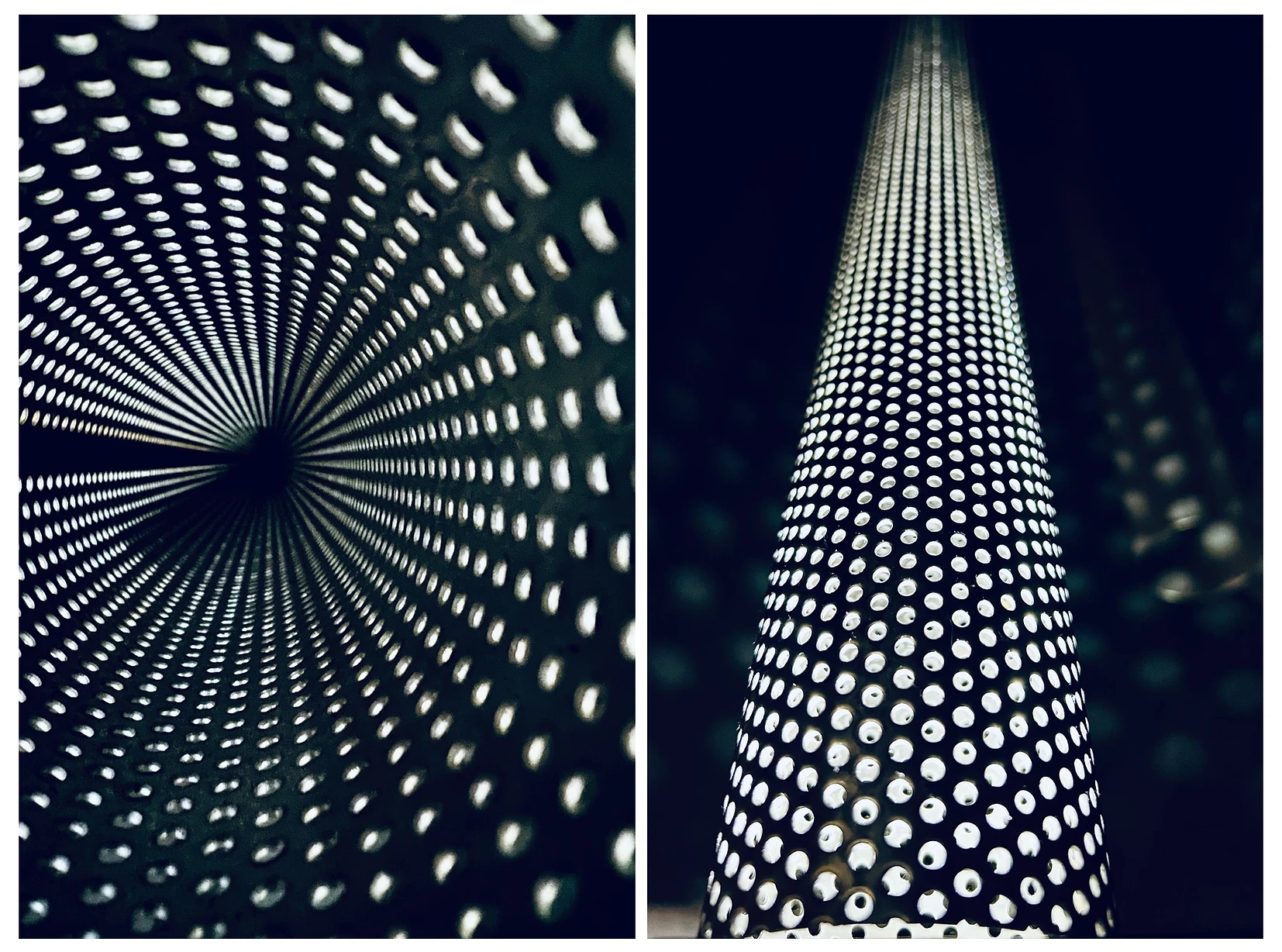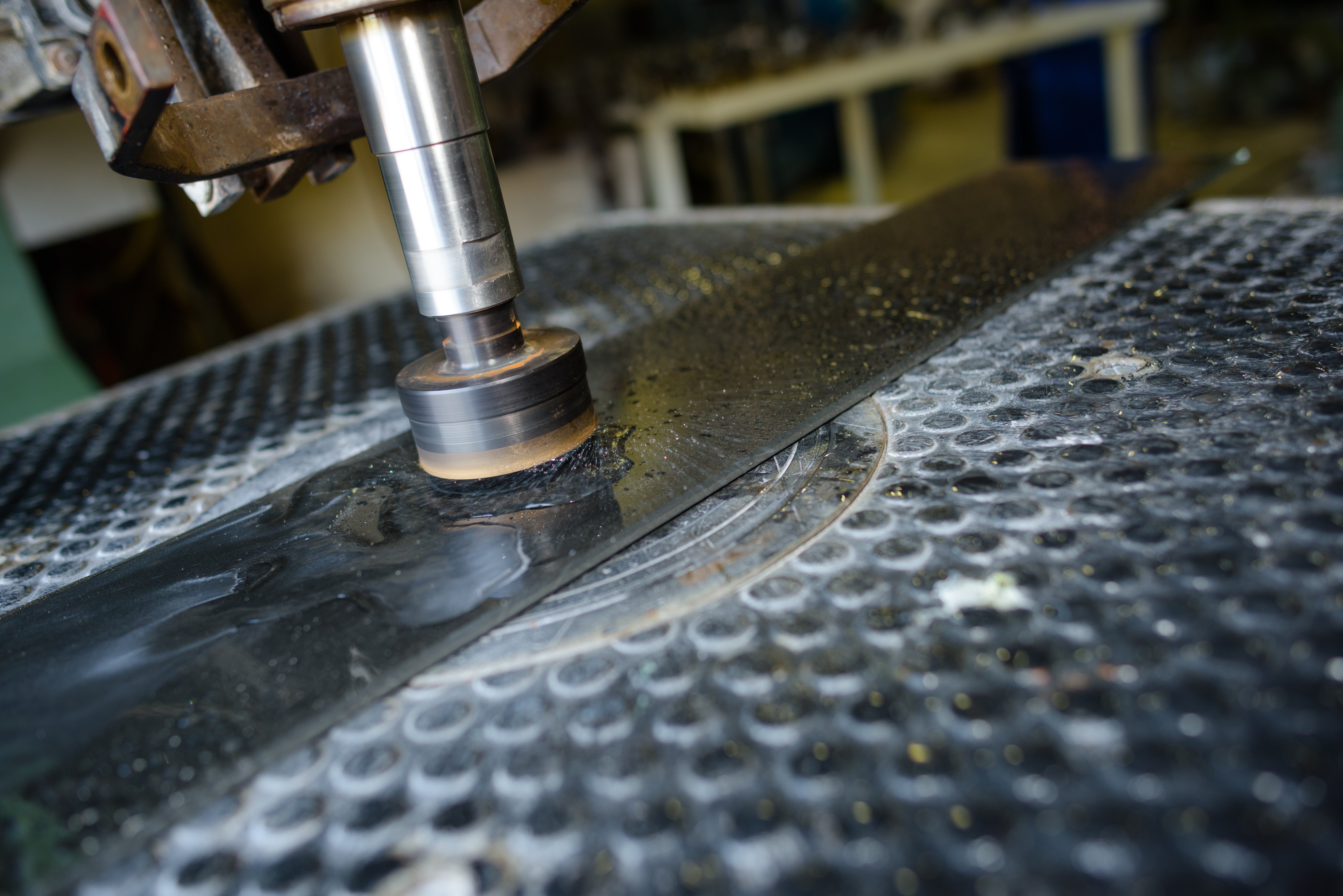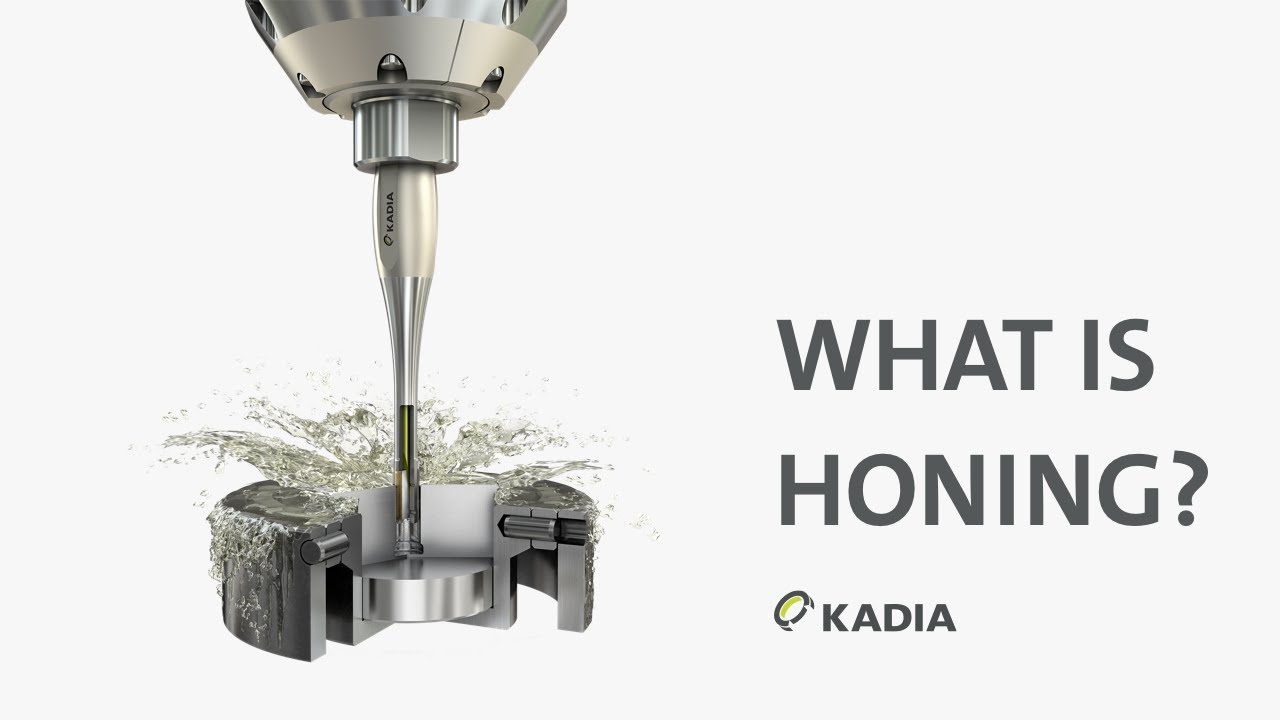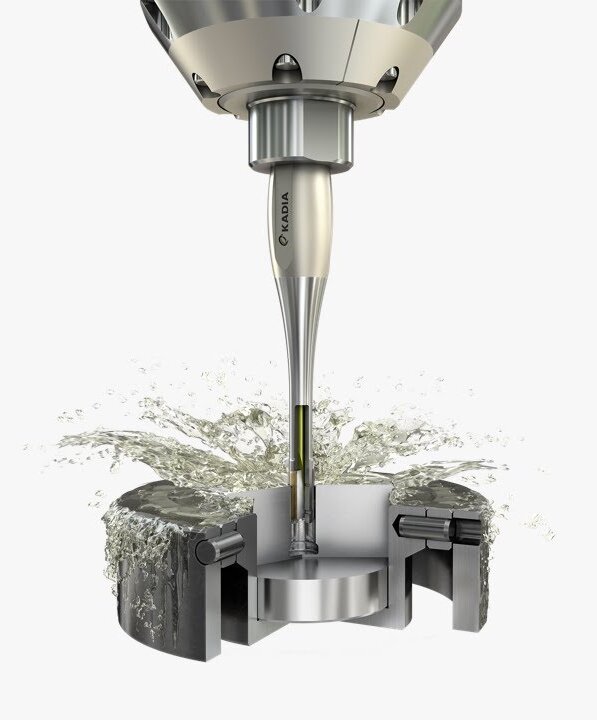Metals
There are many Manufacturers around the UK who make parts from or work with metal. And of course there are many different types of metal available, which means that most of the parts they make will have been prototyped and tested rigorously to ensure the best type of metal has been selected for the job the part needs to do.
Take a look below at some of the brilliant things that can be done with metal.
Tubes
These perforated tubes were made by UKF Group and are used by companies that are producing exhaust systems, filters, lighting systems etc.
This particular product is made by perforating stainless steel strip which is then rolled into the form of a tube of say 6mtrs long, the customer then cuts it to the length that they require.
It is also possible to make in a different way i.e., by putting the holes into a cut length of tube.
Want to see more? Why not have a look at UKF website here 👇

Ever heard of Metal Spinning?
Manual metal spinning, also known as hand metal spinning or spin forming, is a metalworking process in which a disk or cylinder of metal is rotated at high speed and formed into a desired shape using a hand-held tool. The process dates back to ancient times and has been used to create a wide variety of metal objects, including pots, pans, and decorative objects.
Today, manual metal spinning is still used for a variety of applications, including the production of custom-made metal parts for a variety of industries.
The process of manual metal spinning begins with the selection of the appropriate metal for the desired application. Common metals used include aluminium, brass, copper, and mild steel. The metal is then cut into a disk or cylinder, which is mounted onto a lathe. The lathe is used to rotate the metal at high speeds, while the hand-held tool is used to shape the metal into the desired form.
There are several different hand-held tools that can be used, including a top tool, bottom tool and side tool. The top tool is used to shape the top portion of the metal, while the bottom tool is used to shape the bottom portion. The side tool is used to shape the sides of the metal. Each tool is shaped in such a way as to create a specific form or shape in the metal when it is rotated against the tool.
One of the main advantages of manual metal spinning is its versatility. It can be used to produce a wide range of shapes and forms, including complex and irregular shapes that would be difficult or impossible to achieve using other metalworking techniques.
Traditional metalworking processes such as stamping and casting are limited to producing symmetrical shapes, but manual metal spinning allows for the creation of custom, one-of-a-kind pieces with intricate designs. This makes it an ideal choice for artistic and decorative applications, as well as for creating functional parts with unique requirements.
Manual metal spinning can achieve high levels of precision and accuracy and is often used to create parts with tight tolerances and smooth finishes, such as tanks, barrels, and automotive parts.
It is also a relatively fast process, as it doesn’t require the setup and programming that is typically required for other metalworking techniques such as CNC machining. It is also a relatively simple process to learn, as it requires only a basic understanding of metalworking principles and the use of hand-held tools.
In addition, manual metal spinning produces a high-quality finish on the surface of the metal, as the metal is formed under high pressure and is polished by the rotating tool.
From Missile heads to the PDC world Darts Championship Trophy, Metal Spinning's versatility is able to solve a wide array of challenges.
Take a look at this video of Metal Spinning from Excell Metal Spinning Ltd 👉
Take a look at this video of Metal Spinning from Excell Metal Spinning Ltd 👇

Metal Polishing
Information about metal polishing
Metal Honing
Honing is an abrasive machining process that produces a precision surface on a piece of metal.
This can be achieved by scrubbing an abrasive grinding stone or grinding wheel against it along a controlled path.
Honing is primarily used to produce a fine surface to cylinder bores and interior tubes.


